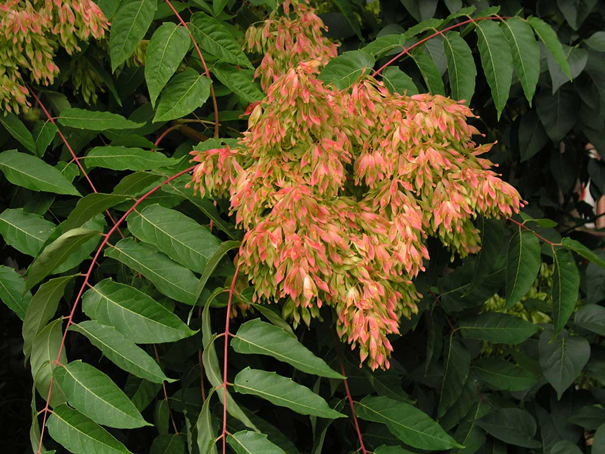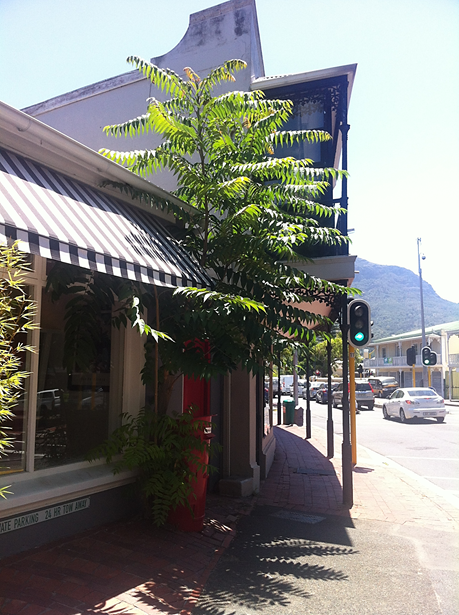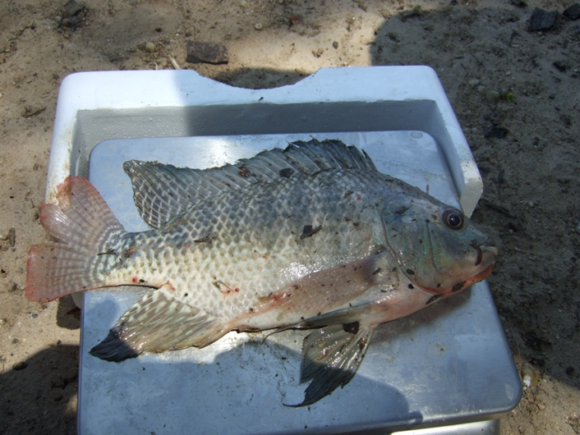5 March 2018 | By Sabrina Kumschick
It seems to be part of human nature to rate things against each other, to rank and to make lists of the “best” and the “worst”. Systems have been developed, for example, to rank soccer teams according to their performance; cities and countries around the world are ranked according to living standards. Many of the lists out there are based purely on peoples’ opinions, but others, consider a set of factors with various levels based on well-defined criteria.
Because many introduced species pose a threat to biodiversity, human well-being and livelihoods, lists also exist of the “100 of the worst invasive species” globally, and the “100 of the worst” in Europe. Even though transparent, evidence based systems for the comparison of impacts of introduced species exist (e.g. GISS, EICAT, and SEICAT), these lists have so far been based purely on expert opinion.

(Photo credit: Luis Fernández García https://commons.wikimedia.org/w/index.php?curid=139593)
A team of researchers including, C·I·B core team member Sabrina Kumschick and C·I·B research associate Petr Pyšek, closed this gap and assessed 486 species introduced to Europe using the Generic Impact Scoring System to reveal which of those are the worst. They propose a list of 149 species including a variety of taxonomic groups (54 plants, 49 invertebrates, 40 vertebrates and 6 fungi) to be the “worst” invaders in Europe.
“We found that some species with impacts were overlooked in purely expert-based assessments, and we could not objectively justify including only 100 species as the impact magnitude and damage caused by many species are very similar,” explains Kumschick, co-author of the paper published in Biological Invasions.
The team found, for example, that the ectoparasitic mite of honeybees (Varroa destructor), for example, has been ascribed a big role in the global pollinator crisis but it is lacking from other lists. On the other hand, some species generally regarded as highly devastating did not make it on the “worst” list this time. This includes the tree of heaven (Ailanthus altissima) and the fruit fly (Drosophila suzukii). This highlights the rather specialized impacts of these species, but could also point towards a gap in research done on other impacts.
“Such ‘worst’ lists are generally useful to highlight the diversity of impacts of introduced species,” Kumschick explains, “but if they are based on objective and transparent criteria as in our assessment they are also useful for policy making and management prioritization.”
Read the paper
Nentwig W, Bacher S, Kumschick S, Pyšek P & Vilà M (2017) More than “100 worst” alien species in Europe. Biological Invasions. DOI: https://doi.org/10.1007/s10530-017-1651-6.
For more information, contact Sabrina Kumschick at sabrinakumschick@sun.ac.za



